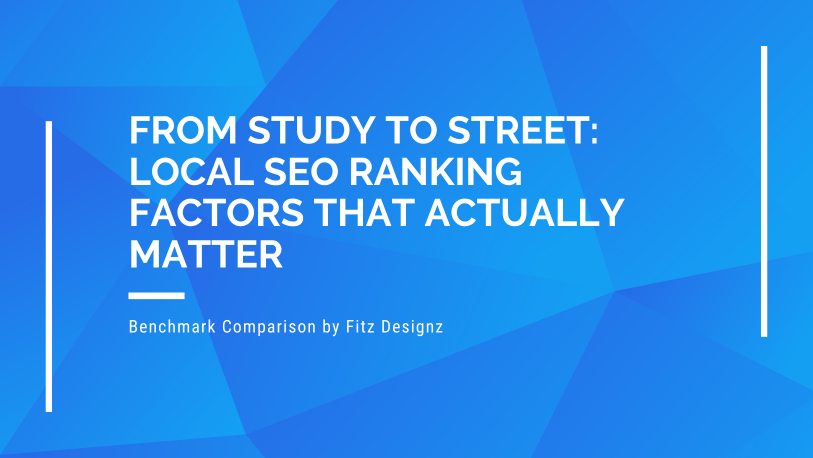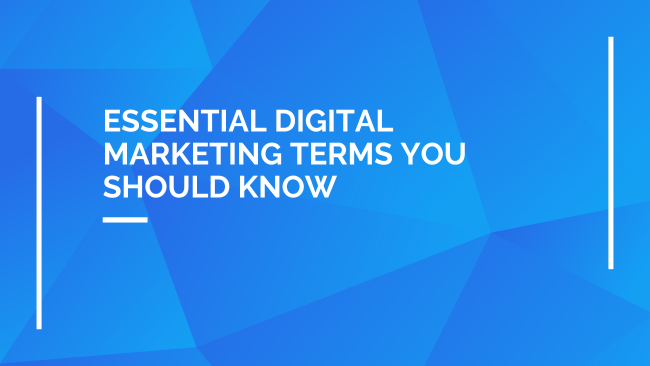Integrating GEO and SEO to Boost Visibility and Engagement
Combining Generative Engine Optimization (GEO) with traditional Search Engine Optimization (SEO) is essential for businesses ready to expand their online reach. This synergy helps brands enhance their visibility and engage local audiences by tapping into both AI-driven and conventional search methods.
With AI-driven search environments on the rise, a unified digital marketing approach becomes critical for staying competitive. By blending GEO and SEO, brands refine audience targeting and narrative control, responding more effectively to how consumers discover information online.
Consider a local bakery that optimizes its site for both search engines and AI platforms. It can connect with customers looking for fresh pastries nearby, boosting both foot traffic and online orders.
As AI technologies reshape how people interact with content, integrating GEO and SEO creates a robust strategy that adapts to evolving preferences. By blending these techniques, businesses deliver personalized, relevant experiences that strengthen their digital impact.
Understanding SEO and GEO
What is SEO?
SEO focuses on boosting a website’s ranking in search results through tactics like keyword research, content optimization, and link building. It involves identifying the terms customers use and making sure your content addresses their needs. Core SEO practices—on-page tweaks, technical improvements, and off-page link building—can drive significant organic growth, sometimes up to a 50% traffic increase in six months.
Local SEO zeroes in on geographic searches, making it vital for brick-and-mortar businesses. A coffee shop, for example, might optimize for “best coffee in [city name]” to attract nearby customers. This strategy boosts both online visibility and in-store visits.
A car repair shop that uses local SEO techniques—city-specific keywords and content about common car issues—can see more local website visits and service bookings, showing SEO’s tangible benefits.
What is GEO?
GEO, or Generative Engine Optimization, tailors content for AI-driven platforms like Google’s AI Overviews and ChatGPT. Rather than just aiming for search rankings, GEO focuses on appearing in and influencing AI-generated responses, improving brand visibility where users increasingly find answers.
As AI tools become part of daily search habits, GEO strategies help businesses stay discoverable on these platforms. A travel agency might craft AI-friendly articles that answer common trip questions, positioning itself as the go-to expert and reaching users who rely on AI instead of conventional search.
Recent data shows nearly 70% of users prefer AI tools for information. Adapting to GEO ensures brands stay relevant across both traditional and AI-driven channels.
Benefits of Integrating GEO and SEO
Merging GEO with SEO broadens your reach across search engines and AI platforms. Studies show 67% of clicks go to the top five search results, so dual optimization boosts visibility wherever users look.
This combined approach also increases conversion rates. A retail store using both methods can attract more local shoppers online and in person. Personalized experiences build loyalty and set brands apart in crowded markets.
Integration helps businesses adapt to customer demands faster. A fitness center using GEO and SEO can target local health enthusiasts with tailored offers, driving sign-ups and fostering community ties.
Stronger visibility and relevance also enhance brand reputation, attracting partners and new opportunities that fuel growth.
Strategies for GEO and SEO Integration
Research User Intent
Start by mapping conversational and contextual queries to your content. Tools like AnswerThePublic reveal what people ask, from “best vegan options near me” to niche local questions. Addressing these needs directly boosts engagement.
Analyze AI-generated responses to understand common questions. Then, create landing pages optimized for those queries to guide users smoothly toward conversion.
By focusing on intent, e-commerce sites can craft landing pages that match search patterns, improving both traffic and sales.
Optimize for AI Readability
Structure your content with clear headings, concise sentences, and bullet points so AI algorithms and readers find what they need quickly. Use schema markup to highlight menus, offers, and hours, helping both search engines and AI present your info accurately.
Keep content fresh. A gym that updates its blog with seasonal fitness tips and local event recaps stays relevant to users and search engines alike.
Creating Geo-Specific Content
Geo-specific content connects with local audiences by weaving in landmarks, cultural notes, and community news. A clothing store might blog about city-specific fashion trends, drawing in nearby shoppers.
Embed local keywords in titles, meta descriptions, and body copy to improve searchability. Showcase customer stories—like a bakery’s role in family celebrations—to build trust and relate to local readers.
Highlight local events and sponsorships. A coffee shop sponsoring a charity run can share behind-the-scenes content, reinforcing its community commitment.
Tools for Measuring Effectiveness
Use Google Analytics to track traffic sources, keyword rankings, and AI citation visibility. Monitor organic traffic and conversions to spot areas for improvement.
Heat maps reveal which page sections draw clicks, guiding layout tweaks and call-to-action placement. A/B tests on headlines or offers refine your approach based on real user behavior.
Social media analytics show which geo-targeted posts resonate. A gym analyzing engagement on event posts can optimize future campaigns.
Specialized AI-tracking tools indicate how often your content appears in AI-generated answers and user interactions, giving insight into your GEO performance.
Best Practices for Local SEO
Keep Google My Business listings accurate—address, hours, and contact info. Post updates, promotions, and events there to stay top-of-mind.
Encourage customer reviews by offering small incentives. Positive feedback boosts rankings and community trust.
Build local backlinks by partnering with neighborhood groups or influencers. A bookstore hosting a café book signing can generate buzz and valuable links.
Tailor blog posts to neighborhood issues—like plumbing tips for a specific area—to capture targeted search traffic.
Case Studies of Successful Integration
A local restaurant that optimized for SEO and GEO saw a 30% rise in reservations by combining localized keywords with AI-friendly FAQs. Their online visibility and table bookings grew in parallel.
A fitness center using both strategies achieved a 40% boost in local search visibility over six months, directly translating to new memberships.
Conversely, a retailer that forgot to update its My Business listing after moving lost visibility and customer trust, highlighting the need for regular maintenance.
A brewery showcasing community events through geo-targeted social posts built its reputation as a neighborhood hub, driving both foot traffic and loyalty.
Mobile SEO and GEO Targeting
Over half of local searches happen on mobile devices. Ensure responsive design and fast load times so on-the-go users can find you.
Use location-based ads to reach nearby customers in real time. A plumbing service might target users seeking immediate help, maximizing ad impact.
Mobile-first experiences can lift local conversion rates by around 20%. A fitness studio offering class sign-ups via mobile boosts engagement and reduces drop-off.
Analyze mobile traffic patterns—if most visits occur during evening hours, schedule promotions then to capture peak interest.
Future Trends in GEO and SEO
As AI shapes search, real-time data analysis and personalized content will become standard. Brands must optimize for both traditional and AI channels to stay relevant.
Voice search will demand clear, conversational answers. A health clinic preparing content for voice assistants can improve its chances of being heard.
Augmented reality may open new avenues—real-estate firms could use AR for virtual tours discoverable through local search.
Integrating social media and content marketing on platforms like Instagram and TikTok will deepen local engagement, making brands feel part of the community.
Conclusion: The Path Forward with GEO and SEO Integration
Blending GEO and SEO gives businesses a powerful toolkit for today's digital landscape. Brands that adopt both methods can expect stronger visibility, deeper engagement, and higher conversions. By staying agile and monitoring emerging trends, companies will keep pace with evolving consumer habits. The future of digital marketing belongs to those who master both AI-driven and traditional search strategies.







